The environmental impact report (EIR) for the proposed development of over 100 affordable apartments at the corner of Turk and Larkin is being prepared. And as we first reported last year, the proposed incorporation of a portion of the existing L-shaped building on the site, which was constructed in 1935 and has been occupied by Kahn & Keville tire and battery shop ever since, wasn’t simply for aesthetics.
Having been identified as a Historic Resource in relation to San Francisco’s Historic Van Ness Auto Row, and rated as eligible for the California Register of Historic Resources on its individual merits alone, the impact and alternatives to razing the Kahn & Keville building are a key part of the aforementioned EIR. And in fact, a number of alternatives, beyond simply “no development” on the 500 Turk Street site, have been modeled and newly massed.
Under the “Full Preservation” plan, a new 7-story structure would rise behind the exiting Kahn & Keville building (which would be gutted, connected and converted for residential use with the corner parking pad turned into a fenced courtyard), a plan which would yield a total 32 residential units on the 500 Turk Street site:
A “Partial Preservation” plan would yield 56 residential units by building 7-stories over the existing shop, with setbacks from the historic building’s façade:
And as now proposed by the Tenderloin Neighborhood Development Corporation (TNDC) and newly massed by David Baker Architects, an all-new 8-story building would rise up to 79 feet in height on the site, a plan which would now yield 108 units with a 5,200-square-foot courtyard, garden and play space behind the new building on the northwest corner of the site, where it would have “the most access to direct sun(light)” per the design team:
The alternatives in a single slideshow, ranging from zero (0) to 108 new units on the site:
We’ll keep you posted and plugged-in as the alternatives and planning for the 500 Turk Street project, which are slated to be presented to San Francisco’s Architectural Review Committee for comment next month, progress.
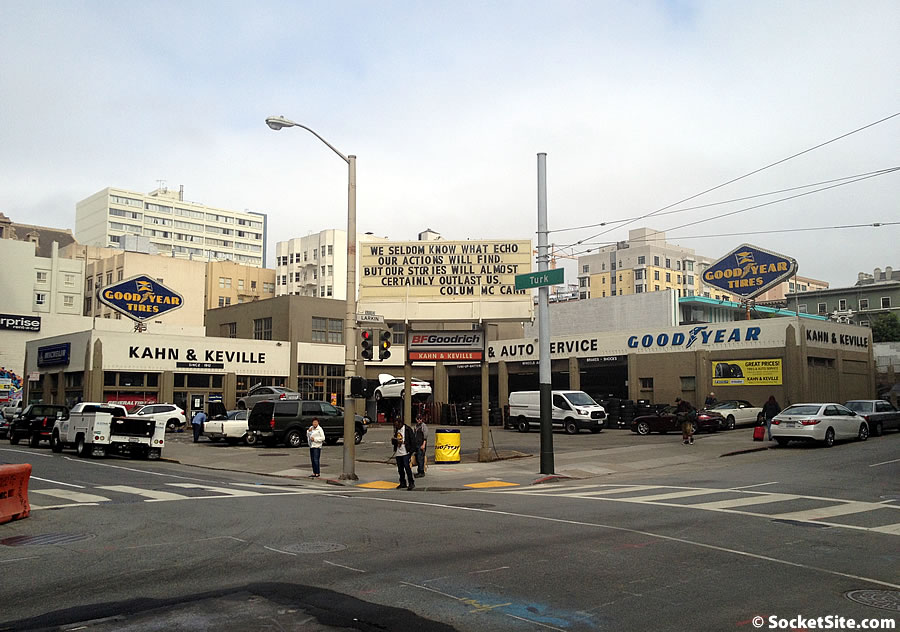
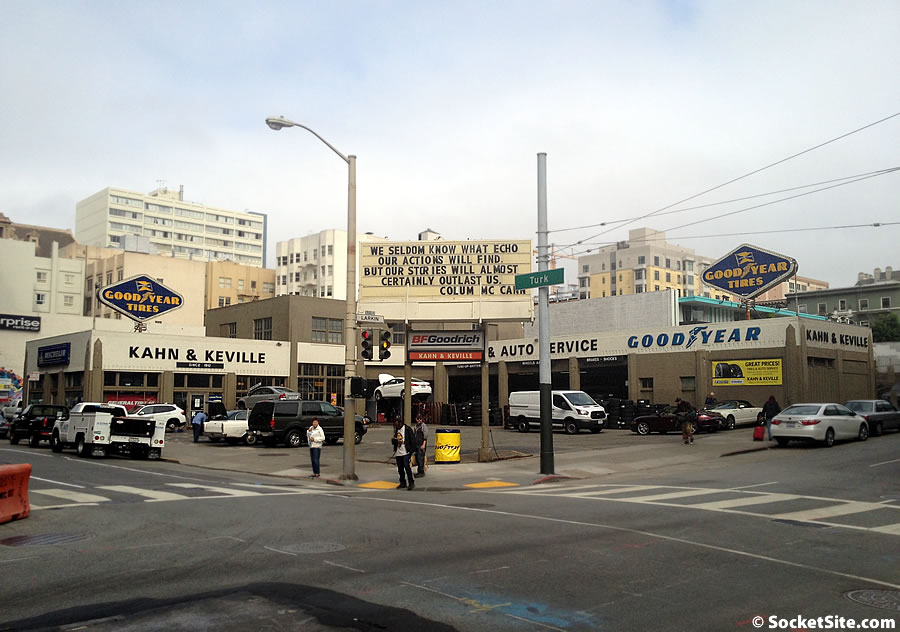
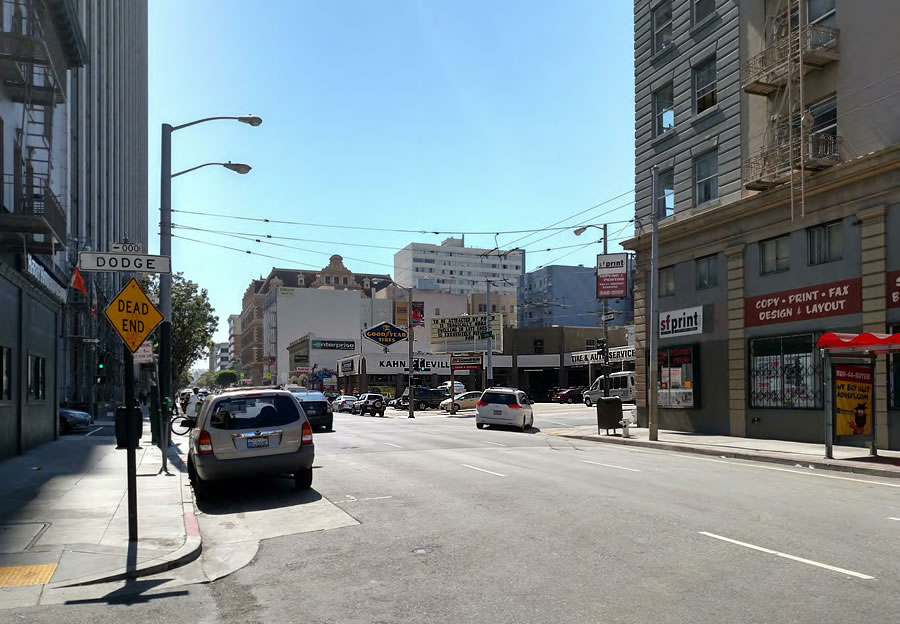
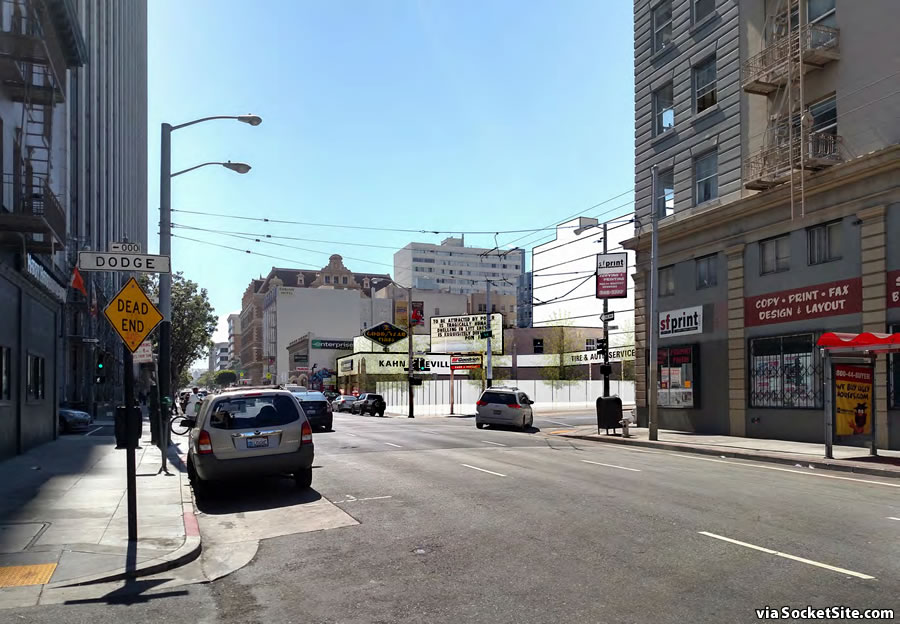
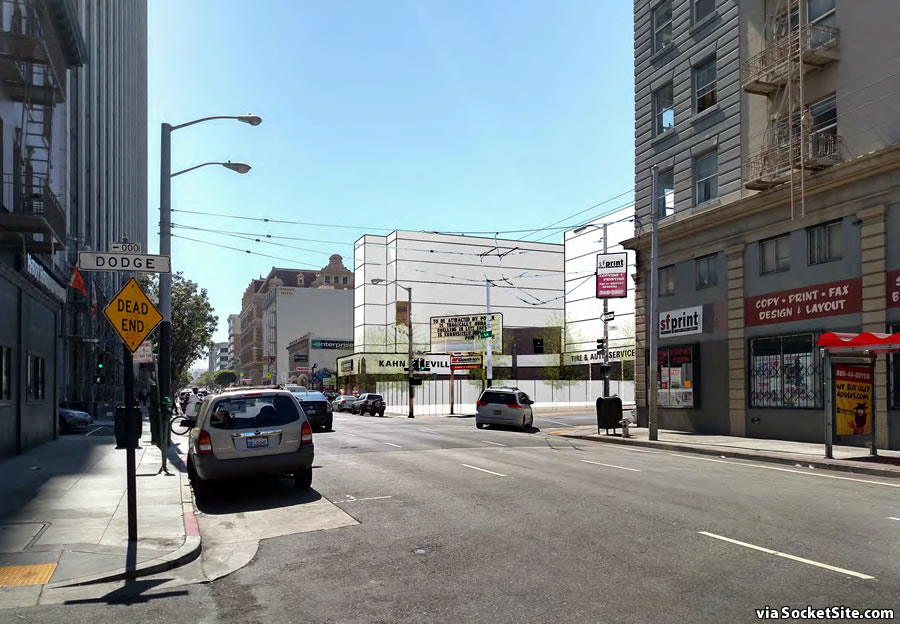
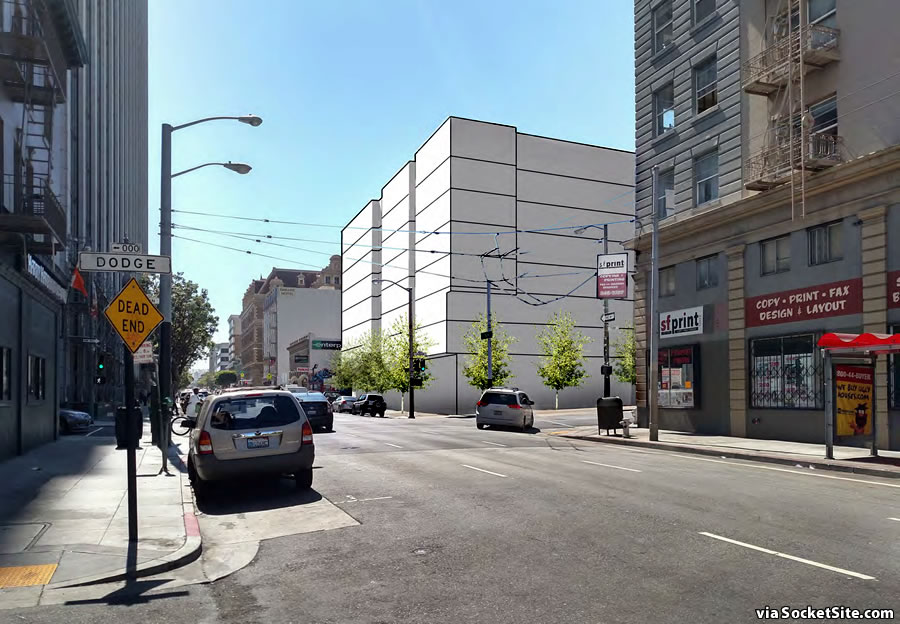
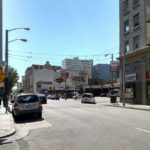
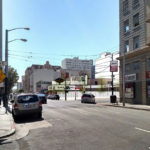
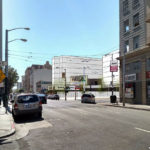
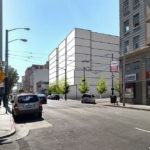
Why don’t they build more floors?
The 500 Turk Street site is zoned for development up to 80 feet in height.
State density bonus.
There’s an economic angle in addition to zoning. Above ~8 stories you count as “high-rise” by the California building code, which adds more expensive fire safety requirements.
They could maybe squeeze by under the “high-rise” limit with 9 floors using a local or state density bonus to go from 80 to 88 feet. Something to suggest, although now that they spent a year and $$$ doing an environmental study, it may be too late for the idea, practically speaking.
Close but not quite. The high-rise requirements apply to buildings with an occupied floor at 75 feet or higher.
The top floor of the 8-story building as proposed has a floor height of 68 feet. And even with a density bonus, which doesn’t relax the life-safety requirements for construction, there’s no room to “squeeze” in another floor below the high-rise height.
Right, so lower the ground-floor spaces’ ceiling by three feet. Either apply for a variance for the retail space to be shorter than usual or make the retail area double-height like the Flax site did.
I live a couple block from here and walk by this site daily. Go with the 3rd option!
i wonder if it’s be at all practical to recycle the facades on the inside of the building: use them to create an art deco icon lobby/elevator bank, or something. or move it to the edge of the site?
All designs should be much higher, wasted opportunity. And who cares about an auto shop building from 1935. That should not be a historically protected site. Great example of why ess eff has a housing crisis.
It is “jumping the shark” to not build much needed affordable housing in the name of preserving a tacky, unattractive tire shop. What’s next: Preservation of strip malls and exurban Wal-Marts as “historic resources”? Just bulldoze this thing and put up 12 floors of housing (at least–something approaching the height of the FOB across the steet would be appropriate).
An ugly, nondescript tire shop is not a historic site worth saving. The fact that this was even part of the conversation is an infuriating waste of time and resources.
This, combined with the Lower Nob Hill hotel decision, is just so remarkable. So insane.
I’ll agree with what appears to be complete consensus: option 3. Preserving a “historic” tire shop is absurd. Perhaps I could see it if the building was unique in some way, but it looks like every other tire shop that ever existed, then or now. I’m pretty sure the families who will live there will not be too sad at their inability to view a preserved example of a hundred-year-old tire store.
I believe in historic preservation, but this is preservation run amok.
SF planning fights for this “historic’ resource while approving absolutely banal architecture in much, most of the new buildings going up today and in the past “boom” decade. It does not compute – Planning has no clue and it would be funny – but for the practical effects it’s having on the city.
SF is a young city and it has suffered major seismic events. In context it has few historic buildings. To pretend this is historic reveals the general inferiority complex endemic in SF. The city tries to make itself something it is not – a world class city.
History? The Willamette Valley (Eugene north to Salem) is home to the largest collection of pre-1900 buildings on the West Coast. Port Townsend is home to an incredible display of Victorian architecture that makes the Painted Ladies pale by comparison.
SF needs a reality check. I am appalled, as are many others, by what the Planning Commission approves in terms of new buildings/architecture. I am equally appalled by this kind of supposed “historic” preservation. Who’s zooming whom?!
What the Hell does this have to do with SF Planning? It is merely a restating of an analysis mandated by California statute (CEQA).
“Just shut up and do what the developers and their boosters demand!”
You may not notice from across the Bay but SF has quite a few buidings that survived the 1906 quake and are genuinely historic This tire shop just isn’t one of them.
If the sign with rotating quotes is part of the “historic” aspect to the property, they should just ask the developer to have a similar sign on the new building and call it a day. A historic tire shop? Good grief.
[Editor’s Note: As we previously reported, it’s not.]
It has a lot to do with SF Planning. There are judgements made in fulfilling CEQA, and the “historic preservation” staff at SF Planning is power run amuck. Just because it is 50 years old should not mean it is valuable. Someone has to make the judgement and say YES or NO. And there is no one at the Planning Dept who has the savvy or guts to say NO. The least senior staff with the narrowist viewpoint rule the day, and no one really runs the shop.
You’re simply projecting your own biases at this point.
UPDATE: Redevelopment of Iconic Tenderloin Site Positioning to Break Ground